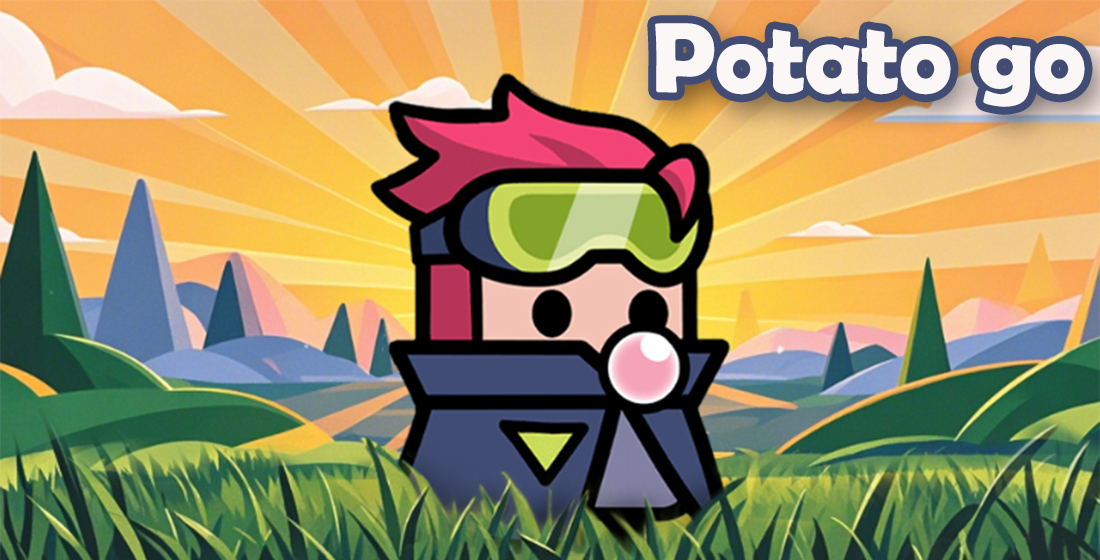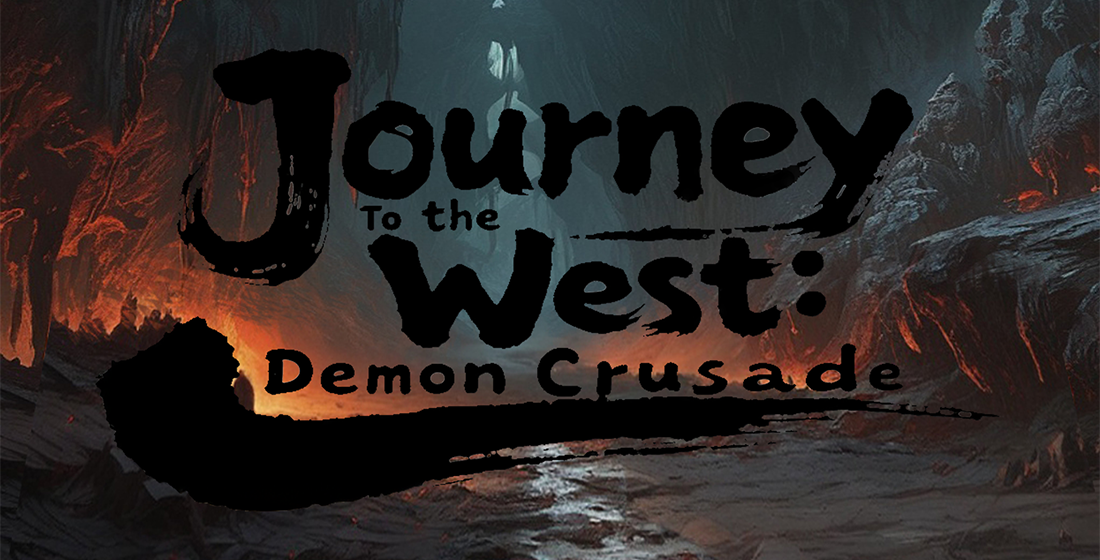Why Idle Games Are Revolutionizing the Resource Management Games Genre
Idle games, often known as clicker games or incremental games, have taken the gaming world by storm in recent years. But what is it about these games that are not only captivating players but also revolutionizing the resource management genre? Today, let’s dive deep into this engaging topic!
What Are Idle Games?
At their core, idle games allow players to manage resources with minimal interaction. Players tap or click to generate resources, often leaving the game to accumulate wealth passively. This level of simplicity has opened doors to new audiences and changed the landscape of gaming. Let’s identify some intriguing aspects:
- Accessibility: Easy to grasp for newcomers.
- Low commitment: Play anytime, anywhere with minimal time investment.
- Rewarding progression: Seemingly endless upgrades keep players coming back.
The Appeal of Resource Management
Resource management games have always provided a sense of accomplishment. Players love strategizing their growth and expanding their in-game assets. But idle games take this concept into the stratosphere. Imagine managing an empire without the hassle of constant supervision! This key feature is why many gamers are shifting their focus towards idle titles.
How Idle Games Change the Game
Let’s explore specific ways idle games are reinventing the resource management genre:
| Feature | Traditional Resource Management | Idle Games |
|---|---|---|
| Gameplay Style | Active & Engaging | Passive & Relaxing |
| Time Commitment | High | Low |
| Player Involvement | Continuous Interaction | Minimal Supervision |
| Progression | Incremental | Exponential |
The Influence on Player Engagement
What keeps players glued to idle games? It’s the engaging loop of upgrading and managing resources while multitasking in their daily activities. With the introduction of notifications and rewards while away from the game, these titles provide unique engagement opportunities. Over time, this creates a sense of ownership and a more profound connection to the game.
Current Trends in Idle Gaming
Recent trends highlight a significant shift in how idle games are designed. Developers are constantly innovating, blending elements from other genres, including:
- Integration of RPG elements like character progression.
- Enhanced graphics and storytelling techniques.
- Community features such as leaderboards and collaboration tasks.
Global Impact: A Look into the Numbers
It’s fascinating to see how **idle games** are not just popular in Western markets but are now making waves globally! For instance, in Turkey, a diverse audience has begun to engage with these titles. Statistics show:
- Over 20% of mobile gamers in Turkey prefer idle games.
- The average player spends around 30 minutes daily on idle titles.
This engagement poses a golden opportunity for developers to explore new markets.
World of Warships: A Related Phenomenon
As we discuss genres and players’ preferences, it’s crucial to point out how different game mechanics can stir interest. For example, in **World of Warships**, players often face frustrations like “world of warships crashing before match." Such issues underscore the importance of stability in gaming experiences. While idle games minimize intense gameplay moments, it teaches developers valuable lessons about audience engagement and retention.
Conclusion: The Future of Idle Games
The future of idle games in resource management looks promising. Their simplicity and minimal demand for active engagement are refreshing in a world that often feels rush. The merging of casual gameplay with resource management ideas could usher in a new era of gaming where efficiency and strategy coalesce. So the next time you find yourself tapping away at an idle game, remember: you’re not just playing; you’re part of a gaming revolution!



